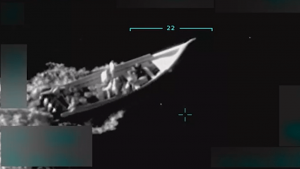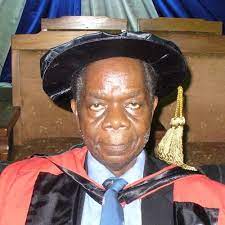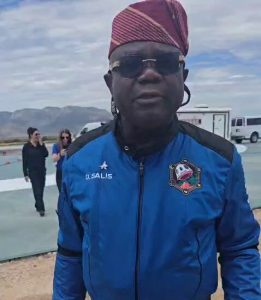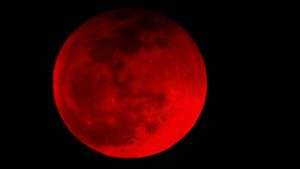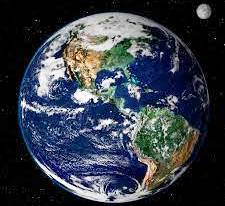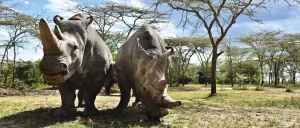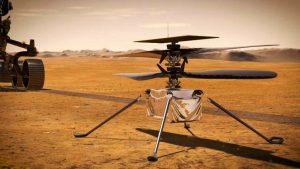In 2015, the UN General Assembly declared 11 February as the International Day of Women and Girls in Science.
UN Secretary General, António Guterres, called on member nations to develop an enabling environment where women and girls can achieve their full potentials and become leaders in science and technology.
Women are still under-represented in the sciences: About 28 per cent of engineering graduates are female and women form just 12 per cent of membership of national science academies.
Tribute to Pioneering Women in Science
Science World specially pays tribute to the great women scientists whose discoveries were stolen or not commensurately appreciated as those of their male counterparts.
You are all true heroines.
Marie Salomea Curie, nee Sklodowska, (1867 – 1934) stands out for mention. She is the first woman to win a Nobel Prize as well as first person (and still the only woman) to win two Nobel Prizes in two different fields – Physics (1903) and Chemistry (1911).
Her first Nobel Prize was shared with her husband, Pierre, and French physicist, Antoine Henry Becquerel; but, she was the sole winner of the second Nobel Prize for discovering the radioactive elements Polonium and Radium.
She coined the word “radioactivity.”
The elder of the two daughters, Irene and her husband, Frederic Joliot-Curie, in 1935 jointly won the Nobel Prize in Chemistry for discovering artificial radioactivity.
The Curie family has the most Nobel laureates to date of father, mother and daughter.
In 1903, the French Academy of Sciences had nominated only Antoine Becquerel and Pierre Curie for that year’s Nobel Prize in Physics but Pierre rejected it saying “any award for work on radioactivity without Marie will be a travesty.”
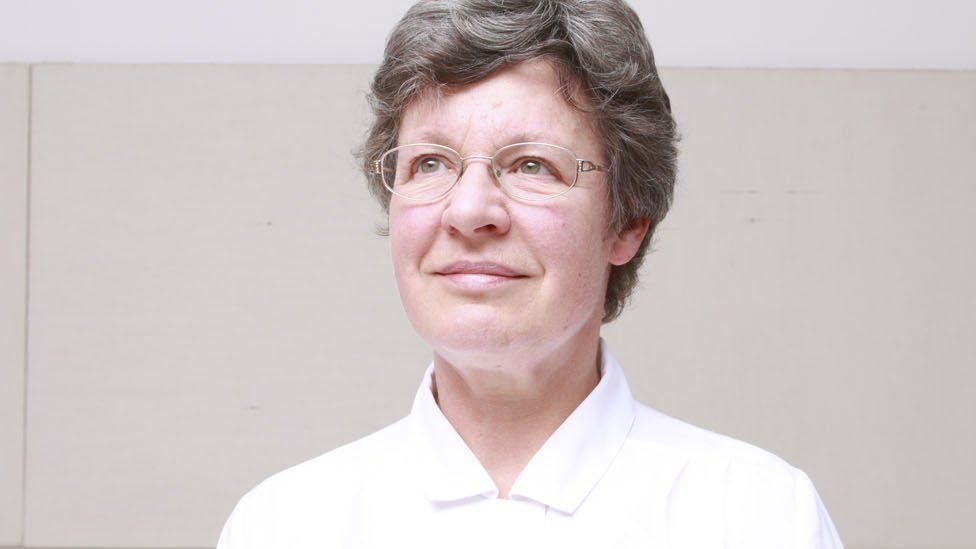
Specially remembered is Jocelyn Bell Burnell, now 78 years old, who discovered pulsating stars, or Pulsars, as a young British astrophysicist in 1967, but was denied a Nobel Prize for her discovery in 1974.
That Nobel Prize rather went to two men – her former lecturer, Antony Hewish and radioastronomer, Martin Ryle.
In 2018, 50 years after her discovering Pulsars, she won the Breakthrough Prize in Fundamental Physics for the discovery with a cash prize of three million US dollars – the highest for any award in science throughout the world.
She gave the entire money to the UK Institute for Physics to fund graduate scholarships for under-represented groups to study Physics.
The first Nobel Prizes were in 1901 with a cash award of Swedish Kronor, SEK 150,000 (equivalent to one million dollars in 2020) for a full Nobel Prize.
This has been adjusted for inflation: In 2020, it was SEK 10 million or 1,145,000 US dollars (968,000 euros or 880,000 pounds). In 2019, it was SEK nine million.
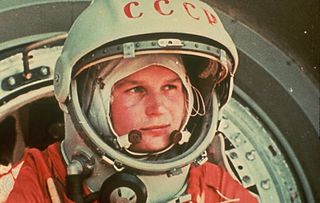
On June 16, 1963 Valentina Tereshkova, now 85 years old, became the first woman in space aboard the Russian Vostok 6 spacecraft.
Sally Ride, (1951 – 2012) who in 1983 became the first American woman in space deserves our tribute.
On 12 September, 1992 Mae C. Johnson, engineer and astronaut, became the first African-American woman to travel to space which was aboard the Endeavour spacecraft.
You and many others are specially remembered.
Also remembered is Dr Njide Okonjo-Udochi MD MPH FAAFP, alumnus, Cornell and Harvard universities; medical doctor at the age of 21 years and now Chief Executive Officer and President in Summit Medical Group, Maryland, USA, who with her Millennium Health Group is bringing access to free healthcare to disadvantaged communities around the world.
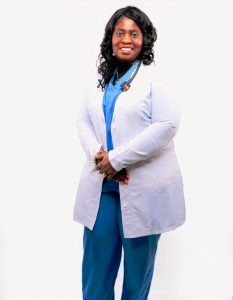
The gender gap, through your spectacular efforts, is fast closing in science and in the world.

As a result, younger women like 22-year-old Dr Aisha Musa Muhammad, together with millions like her, can aspire and be all they can be today.
photo credit: nasa, bbc

